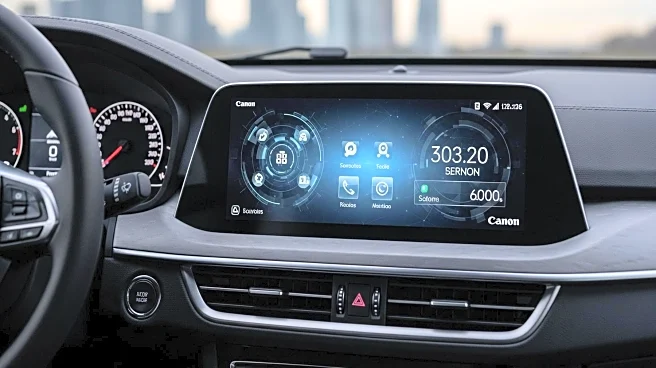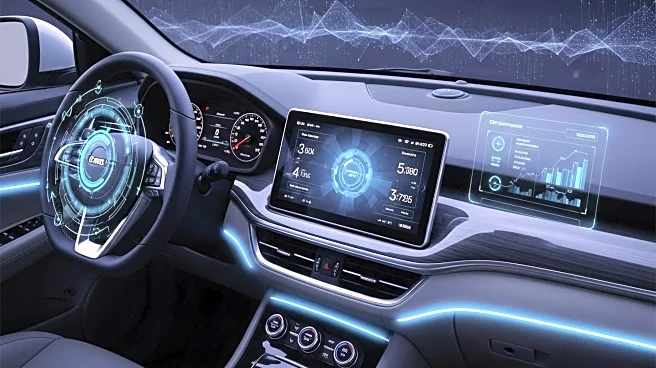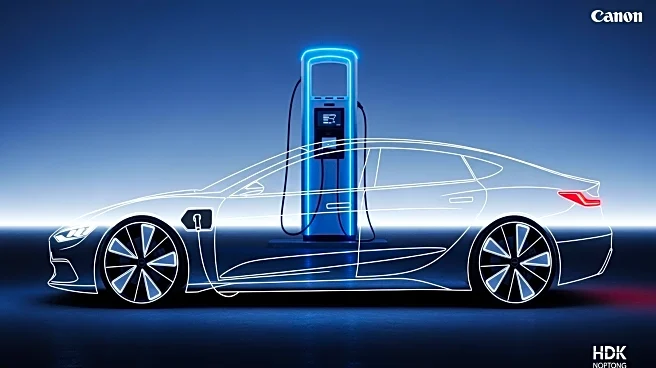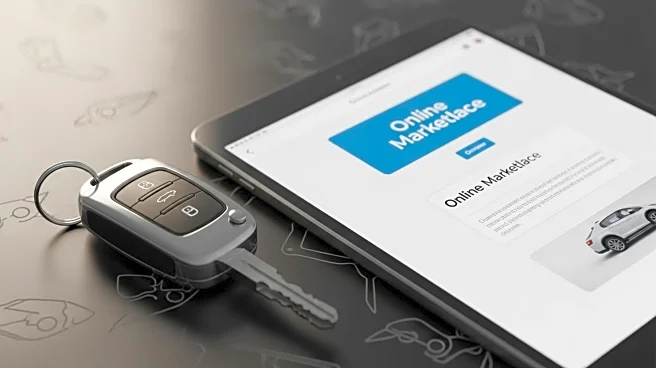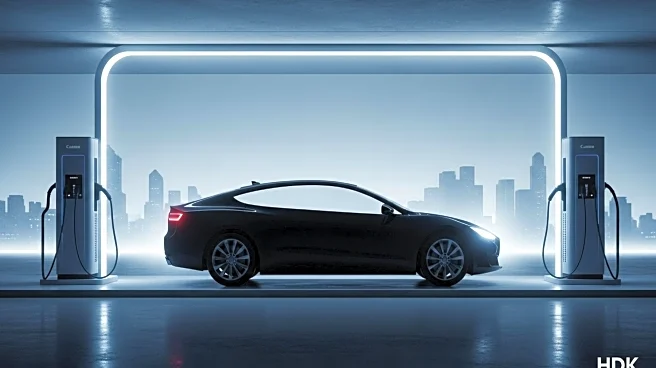What is the story about?
What's Happening?
A new study by Roland Berger, in collaboration with the Connected Vehicle Systems Alliance and Geotab, suggests that connected services in the automotive industry are on the verge of widespread adoption. The study indicates that many technological hurdles have been overcome since 2015, with connected services now being prioritized by carmakers and suppliers. The research involved insights from 27 industry experts, including OEMs, suppliers, and dealerships. Key findings show a significant decrease in barriers such as the lack of connected vehicles and customer acceptance. However, the study notes that a lack of functioning business models remains a primary obstacle. Experts recommend embedding connected services costs within vehicle prices and developing differentiated models for fleet managers and consumers.
Why It's Important?
The potential surge in connected services could significantly impact the automotive industry, driving innovation and new revenue streams. As OEMs and suppliers prioritize these services, there is an opportunity to enhance consumer experiences and optimize fleet management. The shift towards connected services may also lead to increased collaboration across the industry, fostering interoperability and standardization. This development could benefit consumers by providing seamless access to digital services, while suppliers may see increased revenue opportunities. The study's emphasis on new operating models highlights the need for the industry to adapt and innovate to meet evolving consumer demands.
What's Next?
The automotive industry may undergo radical transformations to successfully roll out connected services. This includes adopting new operating models that integrate software development with traditional automotive engineering. Industry-wide collaboration is expected to drive system interoperability, creating standardized platforms for digital services. As customer acceptance grows, OEMs and suppliers will likely focus on developing targeted approaches for different consumer groups, enhancing safety and optimizing costs for fleet managers, while offering more app choices for individual consumers.
AI Generated Content
Do you find this article useful?
